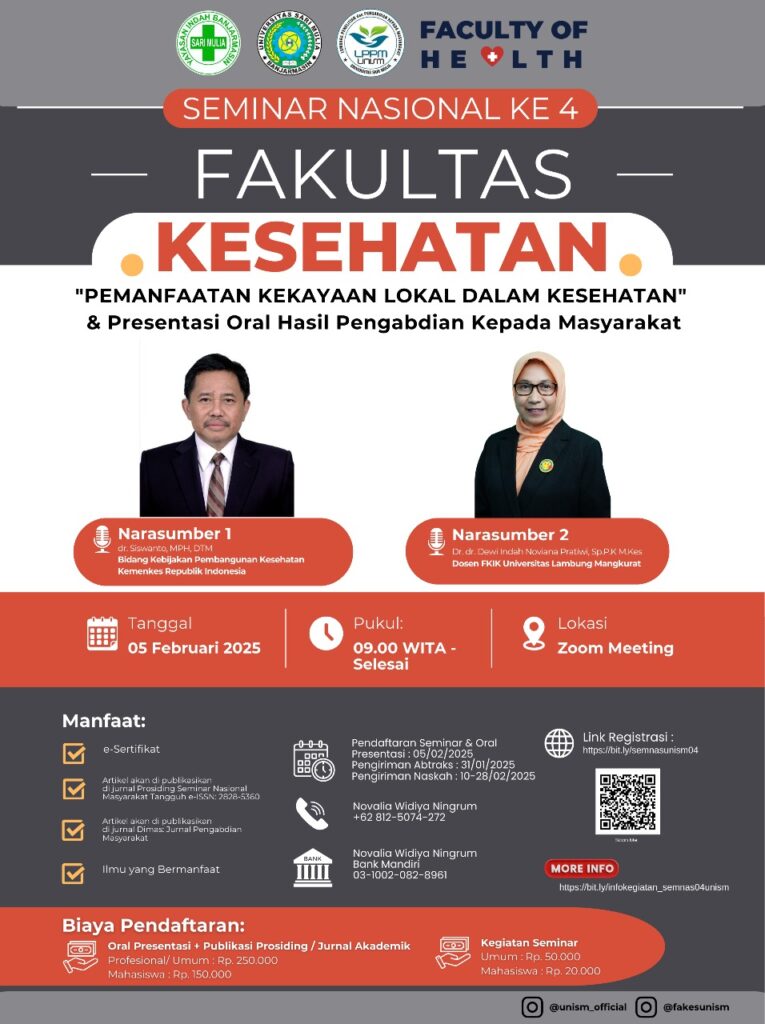U Utilization Of Breast Milk Booster Plants (Peta Pasi) In An Effort To Increase Breast Milk Production Of Breastfeeding Mothers
Keywords:
Vegetables, Production, Breastfeeding, PETA PASIAbstract
Breast milk is an optimal choice for infant nutrition. This is not only because breast milk contains a source of energy, nutrients, fluids that are safe and hygienic for babies, but also contains substances that can fight disease and vitamins that support the body's natural immune system. Exclusive breastfeeding for babies is influenced by many factors. One of the factors that influence exclusive breastfeeding is the knowledge factor. The decline in breastfeeding rates is due to low knowledge of mothers about the benefits of breastfeeding, the right way to breastfeed, lack of lactation counseling services, lack of support from health workers, socio-cultural perceptions that oppose breastfeeding, working mothers and marketing formula milk affect the thinking of mothers and health workers. In 2019, nationally the percentage of newborns who received IMD was 75.58%. This figure has exceeded the 2019 strategic plan target of 50%. Provinces with the highest percentage are Southeast Sulawesi (94.92%) and those that have not reached the target are Maluku and West Papua. Meanwhile, the coverage of infants who received exclusive breastfeeding nationally in 2019 was 67.74%, where the strategic plan target was 50% with the highest percentage in West Nusa Tenggara province (86.26%). Lampung Province itself is ranked 14th with a coverage of 69.33%. The method applied in this community service is socialization of the use of breast milk smoothing plants (PASI MAP) in an effort to increase breast milk production for breastfeeding mothers by providing counseling and distribution of green vegetable plant seeds to pregnant women, breastfeeding mothers and families. Conclusion: The use of community yards, especially pregnant women and nursing mothers with green vegetable food crops as an effort to increase breast milk production for breastfeeding mothers.
References
Akbar, H., & Saleh, S. N. H,. (2021). Hubungan Tingkat Pengetahuan Ibu dengan Pemberian ASI Eksklusif pada Bayi 0-6 Bulan di Puskesmas Motoboi Kecil. Journal of Health, Education and Literacy (J-Healt), 4(1), 34-39.
Amania, R., Hidayat, M. N., Hamidah, I., Wahyuningsih, E., & Parwanti, A., (2022). Pencegahan Stunting Melalui Parenting Education Di Desa Pakel Bareng. Jurnal Pengabdian Masyarakat Darul Ulum, 1(1).
Astriana, W., (2023). Perubahan Suhu Tubuh Pada Bayi Baru Lahir Ditinjau Dari Inisiasi Menyusui Dini (IMD). Jurnal Ilmiah Bidan, 7(2), 15-18.
Kahayati, D., Hidayat, W., & Manurung, K,. (2022). Kepercayaan Ibu Menyusui terhadap Dena dalam Pemberian ASI Ekslusif di Wilayah Kerja Puskesmas Pante Raya Kecamatan Wih Pesam Kabupaten Bener Meriah Tahun 2021. Journal of Healthcare Technology and Medicine, 7(2), 1533-1550.
Oktarina, R., Turiyani, T., & Dewi, A. K., (2023). Hubungan Antara Pengetahuan Dan Sikap Ibu Dengan Pemberian Makanan Pendamping ASI (MP-ASI) Di PMB Irma Suryani Kota Prabumulih Tahun 2023. Jurnal Kesehatan Abdurahman, 12(2), 56-64.
Rasyid, A. U. M., Widyastuti, S., Usman, F., Zulkifli, Z., Syafruddin, S., Duppa, M. T., ... & Haryanto, H., (2022). Edukasi Pemanfaatan Obat Tradisional Sebagai ASI Booster. J-ABDI: Jurnal Pengabdian kepada Masyarakat, 2(7), 5371-5380.



